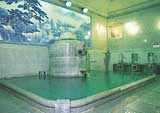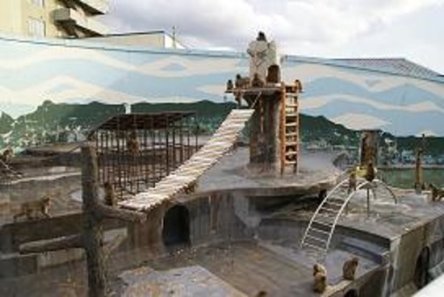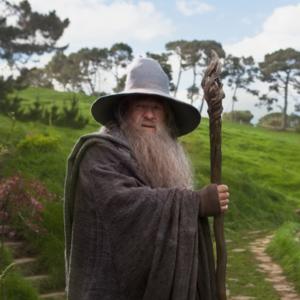An investment manager based in Sydney, Australia, Tim Hornibrook has traveled extensively throughout his career. For a time, Tim Hornibrook lived in Japan, which is home to natural hot springs, called onsen.
Japan is a volcanic archipelago made up of over 6,000 islands. The country’s unique geography means that it sits upon numerous naturally occurring hot springs. The hot springs have long been recognized for their healing properties and relaxing benefits. The mineral content of each onsen varies, leading to different healing properties depending on the location of the spring.
Many visitors choose to stay in a ryoken, or Japanese-style inn, when visiting an onsen. Ryoken give visitors the opportunity to experience traditional Japanese culture, lifestyle, and hospitality. A stay at a ryoken usually includes an elaborate dinner as well as breakfast.
Japan’s most popular onsen is the Dogo-onsen Hot Spring located in Matsuyama, the capital of Ehime. With a history that stretches back 3,000 years, Dogo-onsen is the oldest spa in Japan.





